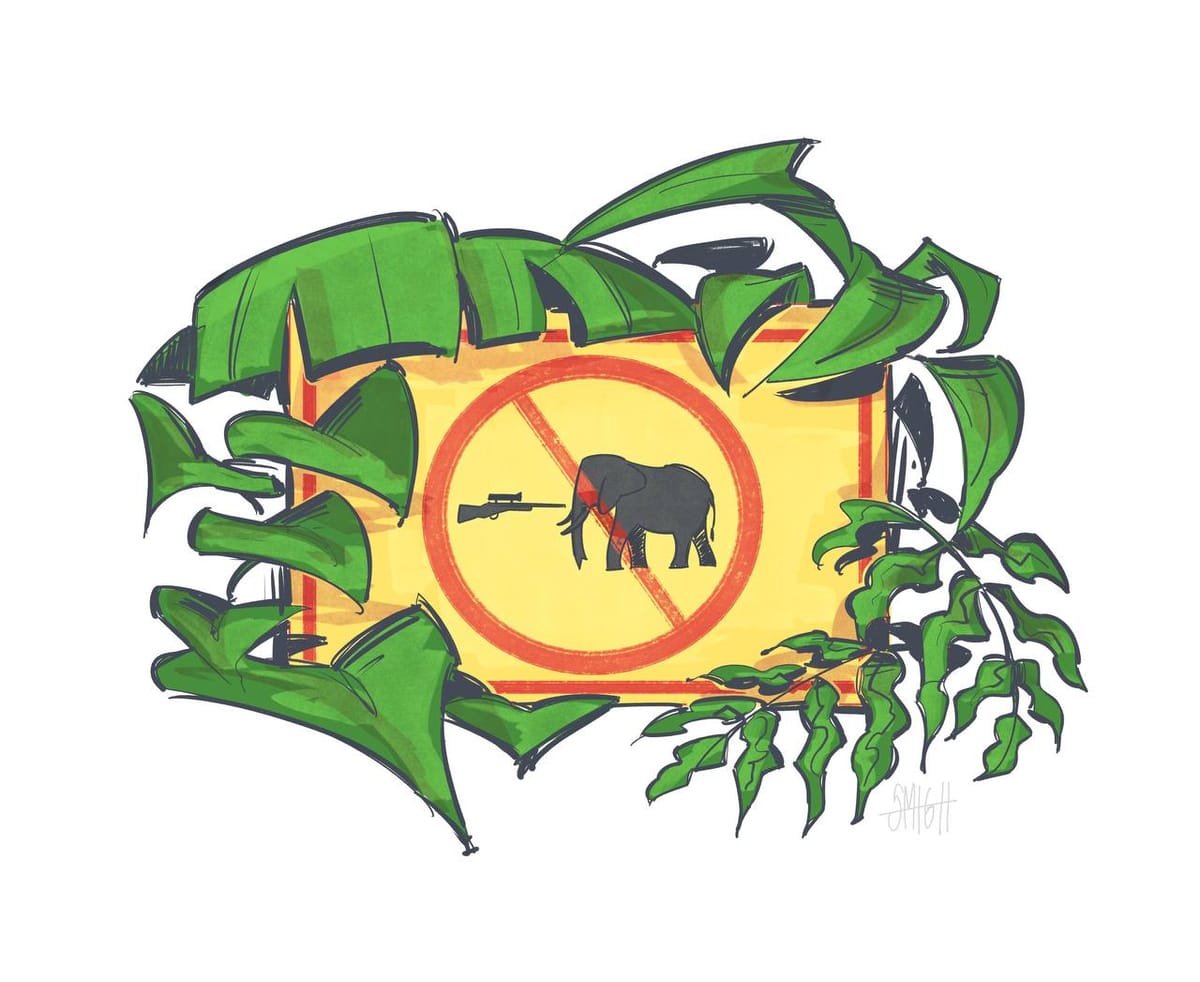
When we talk about elephants in Myanmar, it has become almost traditional to immediately think of the female elephant "Momo." Even today, at over 70 years old, this elephant remains beloved by children everywhere. She continues to be cherished by the public for being exceptionally gentle and close to people. In reality, Momo is a domesticated wild elephant, just like other captive elephants. She was rescued and raised by elephant handlers from somewhere in the forest. From a young female elephant separated from her herd, she became a national icon – perhaps this was her destiny.
Although she lost her opportunity to live naturally in the wild and was instead confined to a concrete jungle, one could also say she's fortunate to have survived to over 70 years of age today. Had she remained a wild elephant, she might have enjoyed freedom in her natural habitat, but her life would have been surrounded by countless dangers.
This is because wild elephants in Myanmar are dying at a rate of one every two weeks. Although Myanmar was once home to the second-largest wild elephant population after India, with this death rate, this valuable resource could soon disappear from the records. If the day comes when elephants exist only in drawings, it would be a great injustice to future generations.
Why are Myanmar's wild elephants being killed?
In Myanmar, it's much more likely for an elephant to die because of humans than for a human to die because of an elephant. The main reason wild elephants are being killed is poaching. They are also being killed due to the growing market for elephant hide and tusk trading.
While the illegal ivory market has existed for a long time, the elephant hide market is relatively new. Both ivory and elephant hide are exported to China. Elephant hide is ground into powder for medicinal use and also sold as decorative prayer beads.

Join Build Myanmar's Earthquake Relief Effort
We urgently invite to unite with Build Myanmar in supporting those affected by the devastating earthquake. Your contribution, no matter how small, can make a significant difference to families in crisis.Together, we can help our communities rebuild.
Prepared elephant hide is about one inch thick. After cutting it into small pieces, drying it, and finishing it, these pieces become beads. The market for reddish-brown elephant hide beads has already been firmly established. Innocent elephants are paying with their lives due to people's frightening greed.
In the past, elephants were mainly killed for their tusks, so only male elephants with tusks were primarily targeted. Now, however, elephants are also being killed for their skin, and female elephants and young elephants are included among the victims. This can be considered a threat to reproduction.
How many Myanmar wild elephants remain?
According to surveys, there were over 10,000 wild elephants in Myanmar in 1941, before independence. While there is no current census of wild elephants, according to 2018 statistics, only about 2,000 remain. However, surveys indicate that one elephant dies every two weeks. This is based on findings by forest service personnel, so the number of elephants being killed without documentation is unknown.
This post is for Supporters Only
Join our supporter community for free to access all stories and exclusive content. Your support helps deliver quality journalism.
Already a member? Sign in
